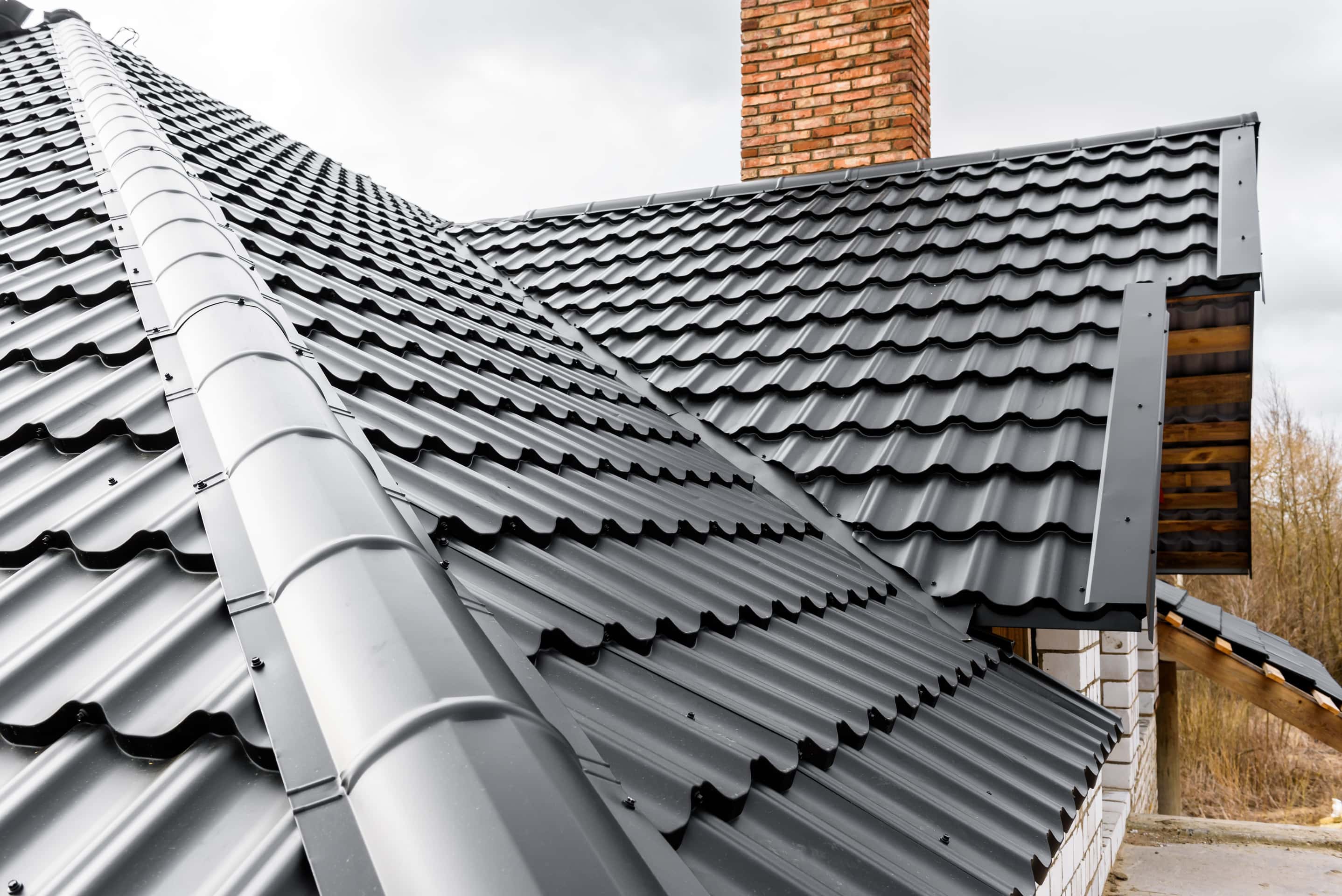Introduction:
When it comes to shelter, the roof over our heads stands as the first line of defense against the elements. Selecting the right roofing material for your home is a decision that goes beyond aesthetics, delving into practical considerations such as durability, cost, and environmental impact. In this comprehensive guide, we will explore a variety of roofing materials, their advantages and disadvantages, and the factors to consider when making a decision that will protect your home for years to come.
Asphalt Shingles – The All-American Favorite
Asphalt shingles are the most common roofing material in the United States, and for good reason. They are affordable, easy to install, and come in a wide range of colors. The fiberglass mat core provides strength and durability, and asphalt shingles typically have a lifespan of 20-30 years. However, they may not be the most environmentally friendly option, and extreme weather conditions can affect their longevity.
Metal Roofing – Strength and Longevity
Metal roofing has gained popularity for its durability and longevity. Materials such as steel, aluminum, and copper offer excellent resistance to harsh weather conditions, including snow, rain, and hail. Metal roofs can last 50 years or more, making them a cost-effective choice in the long run. However, they can be noisy during rain or hailstorms and may require additional insulation to address this issue.
Wood Shake Shingles – Natural Beauty with a Price
Wood shake shingles bring a rustic and natural aesthetic to a home. Cedar and redwood are popular choices, providing a unique and charming look. However, wood shakes are more susceptible to fire, pests, and rot, requiring regular maintenance to ensure longevity. While they are an environmentally friendly option, the initial cost and maintenance requirements may be a deterrent for some homeowners.
Slate Roofing – Timeless Elegance
Slate roofing is synonymous with luxury and longevity. This natural stone material can last over a century and is resistant to fire, rot, and pests. Its unique, elegant appearance adds a touch of sophistication to any home. However, the weight of slate can be a structural concern, and the initial cost is significantly higher than other roofing materials.
Clay and Concrete Tiles – Mediterranean Flair
Clay and concrete tiles are known for their durability, energy efficiency, and resistance to fire. They are available in a variety of styles, including traditional barrel shapes and flat designs. While these tiles can withstand harsh weather conditions, their weight may require additional structural support. The cost of installation can be high, and individual tiles may break, requiring periodic replacement.
Rubber Roofing – Modern Solutions
Rubber roofing, often made from recycled materials, is a durable and eco-friendly option. It is lightweight, making installation easier, and provides excellent resistance to weather and UV rays. However, the color may fade over time, and the seams can be vulnerable to leaks if not properly installed. Rubber roofing is a cost-effective choice, but its aesthetic may not suit all architectural styles.
Conclusion:
Choosing the right roofing material for your home involves considering various factors, including budget, climate, and aesthetic preferences. Each material comes with its own set of advantages and disadvantages, and it’s essential to weigh these carefully to make an informed decision. Whether you prioritize longevity, environmental impact, or curb appeal, there’s a roofing material that fits your needs. By understanding the pros and cons of each option, you can navigate the peaks of roofing choices and ensure that your home is protected for years to come.



